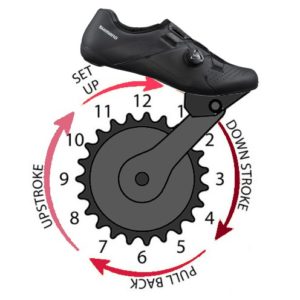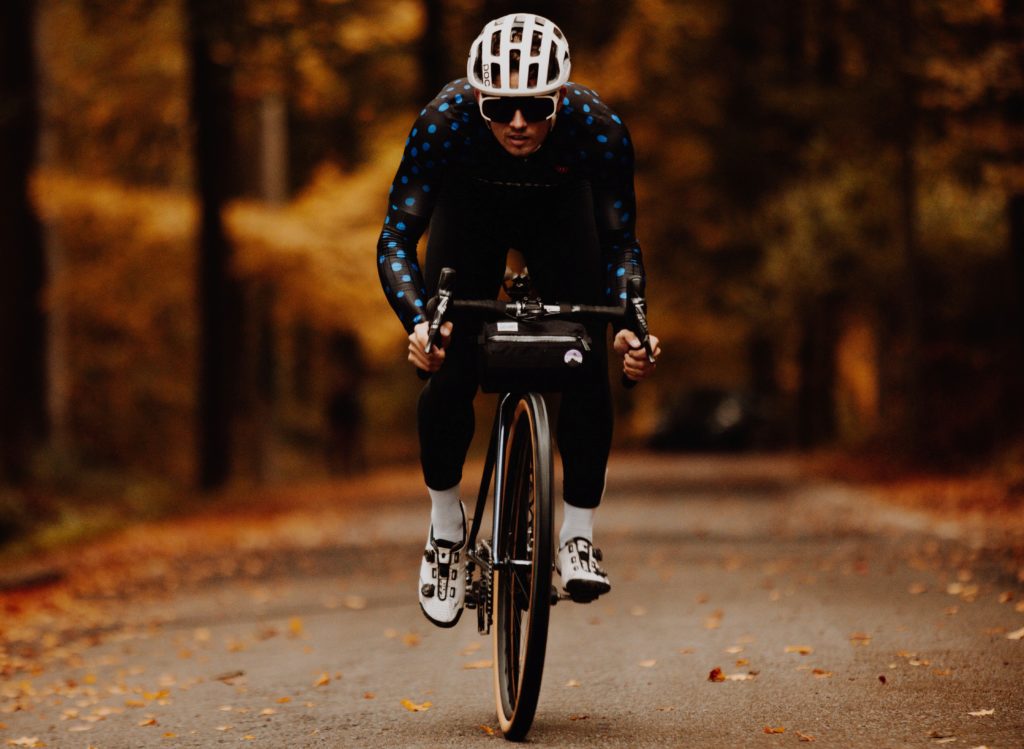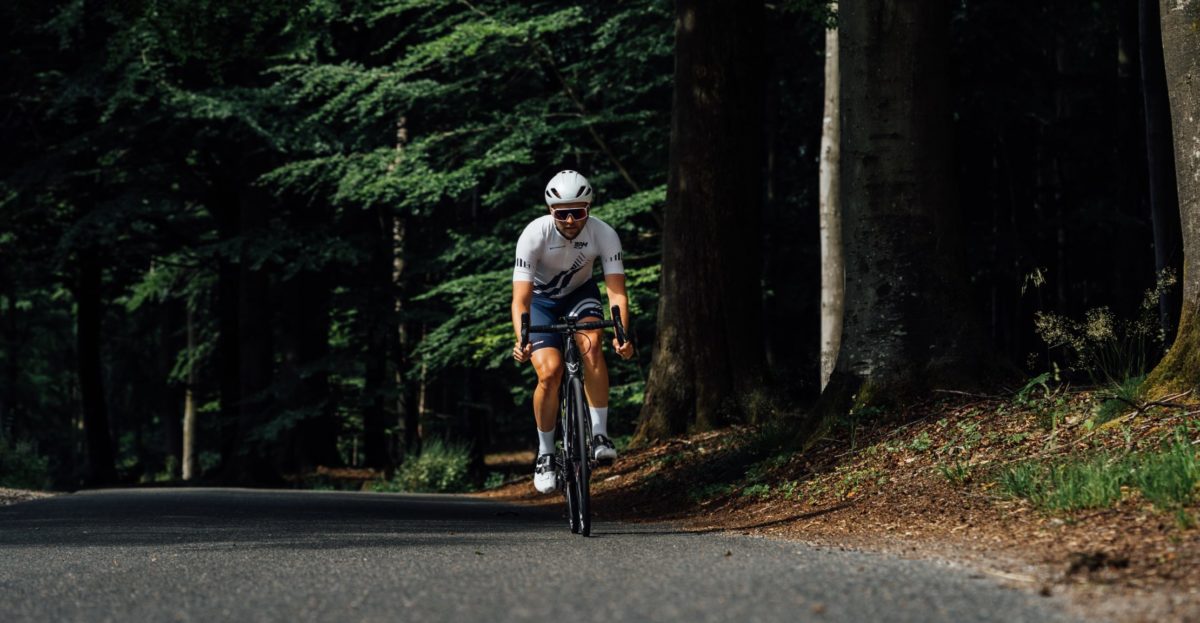Professional cyclists in the peloton of major races seem to have such a smooth pedal stroke. Ambitious amateurs often ask themselves if this is the secret to their success and if so how can you improve your pedalling technique? Training your pedalling technique might allow you to produce more power, but the answer is more complicated than that.
What is a smooth pedalling technique
Before we talk about how or even if you should work on your pedalling technique, first we should define smooth pedalling. Most people define smooth pedalling as producing power in all 360 degrees of your pedal stroke. The set up, down stroke, pull back, and lift up phases of pedalling are all opportunities to produce power.

Many people think it is a circular pedalling motion, you can really only pedal one way. This is not the case. Cycling coaches or that one guy on your group ride will always lecture you about how you should focus more on the pull back or upstroke phase. We did a deep dive in smooth pedalling with an engineer and biomechanics expert, which you can read here.
How to improve pedalling technique
So then the first major question is if changing your pedalling technique will help you produce more power. At the end of the day, increasing power output is the ultimate goal. What is the best pedalling technique to improve your power output? Well, it is complicated, but a growing amount of evidence would say there is not one answer for everyone and focusing on changing your technique may not be worth it. The following things will probably give you the most benefit.
Focus on your preferred method

One study that looked at different pedalling techniques instructed cyclists to pedal in 4 different ways. They instructed athletes to pedal while focusing on pushing in the downstroke, pulling on the upstroke, pushing and pulling in even circles and just the riders preferred pedal stroke. The results showed pedalling in even circles produced the most even pedal stroke, but the most efficient was the riders preferred method. (1) The second most efficient was simply focusing on pushing in the downstroke. A similar study instructed riders to ride with their to pointed up, down, or how they preferred and also concluded that the preferred method is best. (2) Several more studies seem to indicate that changes in pedalling technique will not have a significant short-term effect on your power output and efficiency. (3) (4) (5) It is best to ride as you naturally are comfortable.
Power comes from the downstroke
This is not all that surprising since studies have shown that increasing power on a bike is almost exclusively driven by power increase on the downstroke (6) and the main difference between good and elite cyclists comes from the power produced on the downstroke. The best cyclists produce more than 95% of their power on the downstroke (7). Lower body extensor muscles are bigger and stronger than flexor muscles, so this is not a big surprise.
Optimize Bike Fit
A properly fit bike is probably the single biggest thing that will give you short term improvement in pedalling. Seat position has a direct impact on your pedal stroke and the power you can produce. A change as small as 2% makes a significant change in efficiency. (8)
Ride at different cadences
Riding at different cadences will change your pedalling stroke. You will naturally push and pull differently depending on the cadence you ride which will work your muscles throughout the pedal stroke. A common drill to work on smooth pedalling is to practice pedalling at an extremely high cadence, but it is good to do some work at all cadences. Specific focus on cadence work is integrated in 2PEAK training plans.
Ride More
It seems like simple advice, but the more you ride, the more efficient you will become. This is particularly true when you go on long rides. When you ride at a fatigued state your pedal stroke naturally changes, and you naturally engage more muscles throughout the pedal stroke. This can overtime result in improving your pedal stroke.
Focusing on specific drills to improve your pedalling technique may be helpful, but the points above are much more important. An athlete looking to improve their pedal stroke will get the most benefit from these simple things.
Sources:
(1) Effect of pedaling technique on mechanical effectiveness and efficiency in cyclists
(2) Effect of pedaling technique on muscle activity and cycling efficiency
(3) Gross efficiency and cycling performance: a brief review
(4) Pedal force effectiveness in cycling: A review of constraints and training effects
(5) Effect of “Pose” cycling on efficiency and pedaling mechanics
(7) Physiological and biomechanical factors associated with elite endurance cycling performance
